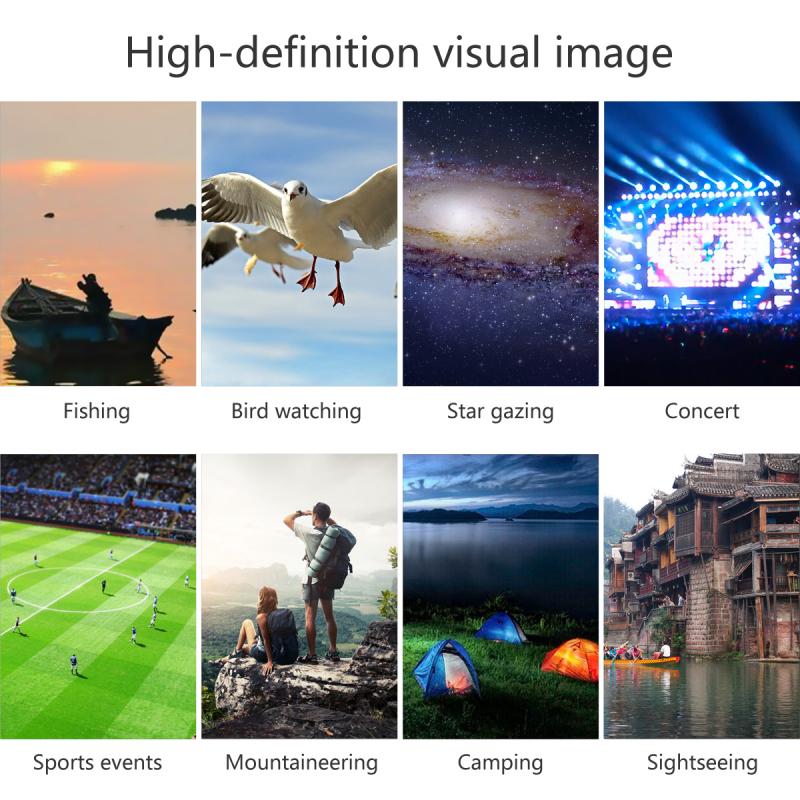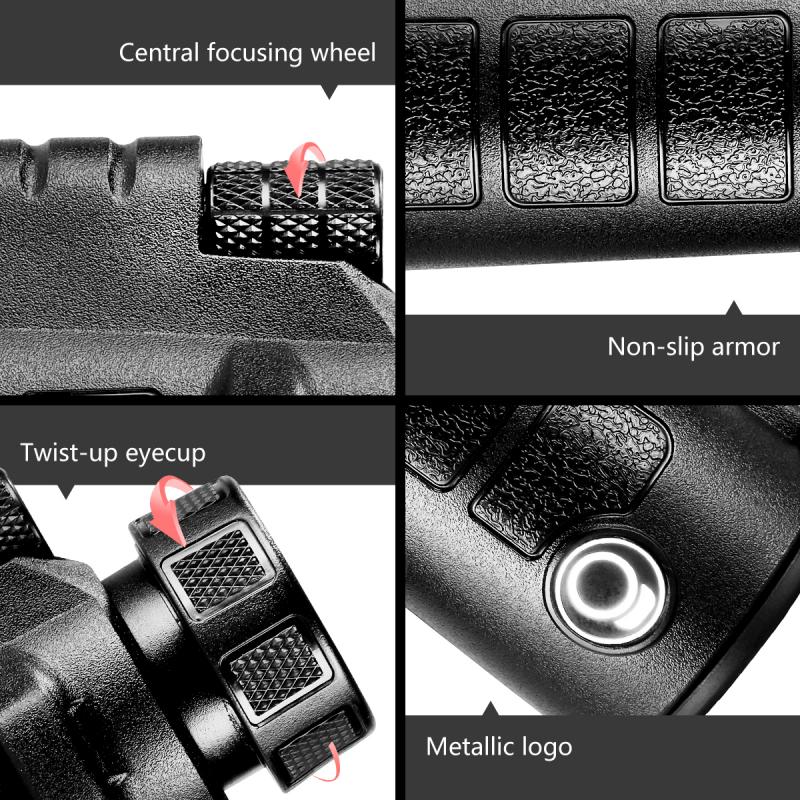How Does Monocular Diplopia Work ?
Monocular diplopia occurs when a person sees double with only one eye open. This can be caused by a variety of factors, including problems with the eye itself, such as a cataract or corneal irregularity, or issues with the brain's processing of visual information. In some cases, monocular diplopia may be a symptom of a more serious underlying condition, such as a brain tumor or multiple sclerosis. Treatment for monocular diplopia depends on the underlying cause and may include corrective lenses, surgery, or medication.
1、 Binocular Vision
Monocular diplopia is a condition where a person sees double vision with only one eye. This can occur due to various reasons such as a refractive error, cataract, or a problem with the eye muscles. In binocular vision, both eyes work together to create a single image, but in monocular diplopia, the brain receives two different images from one eye, resulting in double vision.
The exact mechanism of monocular diplopia is not fully understood, but it is believed to be caused by a disruption in the visual processing of the brain. The brain receives two different images from the same eye, and it is unable to fuse them into a single image. This results in the perception of two separate images, which can be horizontally or vertically displaced.
Recent research suggests that monocular diplopia may also be caused by a mismatch between the visual information received by the brain and the expected visual input. The brain has a preconceived notion of what it should see, and when the actual visual input does not match this expectation, it can result in double vision.
Treatment for monocular diplopia depends on the underlying cause. In some cases, it can be corrected with glasses or contact lenses. In other cases, surgery may be required to correct the problem with the eye muscles. In some cases, the condition may be permanent, and the person may need to learn to adapt to the double vision.

2、 Monocular Vision
Monocular diplopia is a condition where a person sees double vision with only one eye. This can occur due to various reasons such as refractive errors, cataracts, corneal abnormalities, or retinal disorders. The mechanism behind monocular diplopia is different from binocular diplopia, which occurs when both eyes are affected.
In monocular diplopia, the double vision is caused by a problem in the eye itself. For example, if there is a cataract in one eye, it can cause light to scatter and create two images on the retina. Similarly, if there is a corneal abnormality, it can cause light to bend differently and create two images on the retina. The brain then interprets these two images as separate and creates double vision.
Recent research suggests that monocular diplopia may also be caused by abnormalities in the visual cortex of the brain. The visual cortex is responsible for processing visual information from the eyes and creating a single image. If there is a disruption in the visual cortex, it can cause the brain to interpret the images from one eye as separate, leading to monocular diplopia.
Treatment for monocular diplopia depends on the underlying cause. In some cases, it may be corrected with glasses or contact lenses. In other cases, surgery may be necessary to correct the underlying problem. It is important to consult an eye doctor if you experience double vision in one eye to determine the cause and appropriate treatment.

3、 Diplopia Causes
Monocular diplopia is a condition where a person sees double vision with only one eye open. This condition is caused by a problem in the eye itself, rather than a problem with the muscles that control eye movement. Monocular diplopia can be caused by a variety of factors, including cataracts, corneal abnormalities, and retinal disorders.
Cataracts are a common cause of monocular diplopia. A cataract is a clouding of the lens in the eye, which can cause light to scatter and create double vision. Corneal abnormalities, such as astigmatism or keratoconus, can also cause monocular diplopia. These conditions cause the cornea to become misshapen, which can cause light to refract incorrectly and create double vision.
Retinal disorders, such as macular degeneration or retinal detachment, can also cause monocular diplopia. These conditions can cause the retina to become damaged, which can cause double vision or other visual disturbances.
The latest point of view on monocular diplopia is that it is a symptom of an underlying eye condition, rather than a condition in and of itself. Therefore, it is important to seek medical attention if you experience monocular diplopia, as it may be a sign of a more serious eye problem. Treatment for monocular diplopia will depend on the underlying cause of the condition. In some cases, glasses or contact lenses may be prescribed to correct refractive errors. In other cases, surgery may be necessary to correct the underlying problem.

4、 Diplopia Symptoms
Monocular diplopia is a condition where a person sees double vision with only one eye. This condition is caused by a problem in the eye itself, rather than a problem with the muscles that control eye movement. Monocular diplopia can be caused by a variety of factors, including cataracts, corneal abnormalities, and retinal disorders.
The way monocular diplopia works is that the light entering the eye is not being focused properly on the retina. This can be due to a number of factors, such as a problem with the shape of the cornea or lens, or a problem with the retina itself. When the light is not focused properly, it creates two separate images on the retina, which the brain interprets as two separate images.
The latest point of view on monocular diplopia is that it is often a symptom of an underlying eye condition, rather than a condition in and of itself. Therefore, it is important to seek medical attention if you experience monocular diplopia, as it may be a sign of a more serious eye problem.
Treatment for monocular diplopia depends on the underlying cause. In some cases, simply correcting the underlying problem, such as with cataract surgery or glasses, can resolve the double vision. In other cases, more extensive treatment may be necessary, such as with retinal surgery or other procedures. It is important to work closely with an eye doctor to determine the best course of treatment for your specific case of monocular diplopia.









































